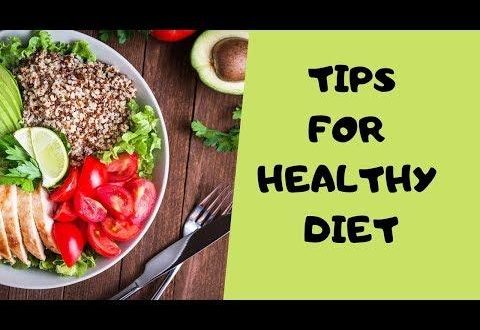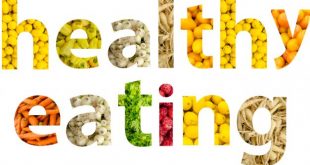Introduction
Maintaining a healthy lifestyle is a cornerstone of overall well-being, and a crucial aspect of this is adopting a balanced and nutritious diet. One vital component in the quest for a healthier life is the control of sodium intake. Sodium, commonly consumed in the form of salt, plays a pivotal role in our diet, but excessive consumption has been linked to various health issues, particularly cardiovascular problems. In this comprehensive exploration, we delve into the intricacies of healthy eating, with a focus on reducing salt intake to safeguard heart health.
Understanding Sodium and Its Impact
Sodium in the Body
Sodium is an essential mineral that plays a crucial role in maintaining fluid balance, transmitting nerve impulses, and supporting muscle function. However, an excess of sodium can lead to high blood pressure, a major risk factor for heart disease and stroke. Understanding the delicate balance of sodium in the body is the first step toward making informed choices about our diet.
The Connection to Heart Health
Excessive sodium intake is closely linked to hypertension, a condition that forces the heart to work harder, increasing the risk of cardiovascular diseases. By comprehending this connection, individuals can make conscious decisions to reduce sodium consumption, promoting long-term heart health.
The Impact of High Sodium Diets
Hypertension and Heart Disease
Scientific studies have consistently shown a direct correlation between high sodium intake and elevated blood pressure. Hypertension, if left unchecked, can lead to more severe cardiovascular conditions, emphasizing the critical need for dietary adjustments to prevent the onset of heart disease.
Other Health Ramifications
Beyond cardiovascular concerns, excessive sodium intake has been associated with various health issues, including kidney problems, fluid retention, and an increased risk of stomach cancer. This underlines the holistic impact that sodium has on the body and the importance of adopting a well-rounded, low-sodium diet.
Strategies for Reducing Sodium Intake
Reading Food Labels
A practical approach to reducing sodium intake involves a vigilant examination of food labels. Understanding the sodium content in packaged foods empowers individuals to make informed choices and opt for healthier alternatives. This simple yet effective strategy is a crucial step in cultivating a heart-friendly diet.
Cooking Techniques and Flavor Alternatives
Adopting alternative cooking techniques and exploring a variety of herbs and spices can significantly contribute to flavor without relying heavily on salt. Experimenting with these alternatives not only enhances the culinary experience but also promotes a gradual shift towards a low-sodium lifestyle.
Gradual Reduction and Hydration
Abruptly cutting down on salt can be challenging, both for the palate and the body. A gradual reduction allows taste buds to adjust, making the transition more sustainable. Additionally, staying well-hydrated supports the body in flushing out excess sodium, further contributing to overall health.
Crafting a Heart-Healthy Diet
Embracing Whole Foods
A fundamental aspect of a heart-healthy diet involves prioritizing whole, unprocessed foods. Fresh fruits, vegetables, lean proteins, and whole grains provide essential nutrients without the excessive sodium found in many processed foods. This shift not only supports heart health but also promotes overall well-being.
Mindful Eating Practices
Cultivating mindful eating habits involves savoring each bite, being aware of portion sizes, and listening to the body’s hunger and fullness cues. This approach not only aids in sodium control but also encourages a more holistic and conscious relationship with food.
The Role of Community and Education
Public Awareness and Advocacy
Fostering public awareness about the dangers of excessive sodium consumption is a collective responsibility. Educational campaigns, community workshops, and policy advocacy play crucial roles in creating an environment that supports informed dietary choices and promotes heart health on a societal level.
Healthcare Professional Guidance
Individuals seeking to embark on a journey towards heart-healthy eating can benefit significantly from the guidance of healthcare professionals. Nutritionists, dietitians, and medical practitioners can offer personalized advice, taking into account individual health conditions and dietary preferences.
Conclusion
In conclusion, the pursuit of a heart-healthy life through controlled sodium intake is a multifaceted endeavor. Understanding the intricacies of sodium’s impact on the body, acknowledging the risks associated with high sodium diets, and implementing practical strategies for reduction are all integral components. By crafting a diet centered around whole foods, embracing mindful eating practices, and actively participating in public awareness initiatives, individuals can take charge of their heart health and embark on a journey towards a more vibrant and fulfilling life.
 Live Health Guide–Home
Live Health Guide–Home



